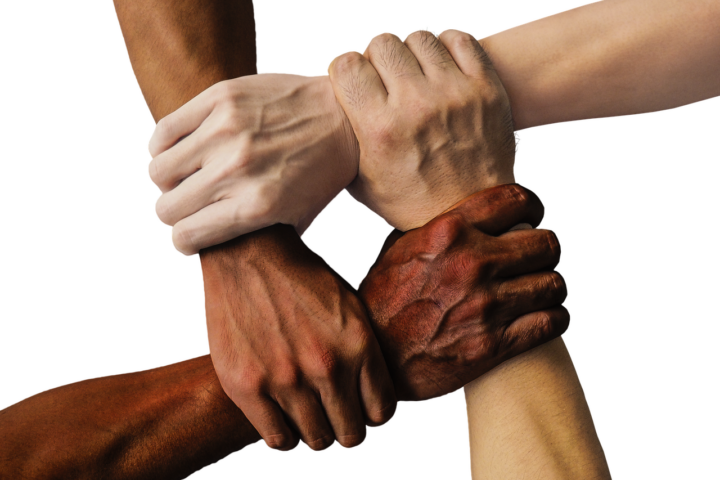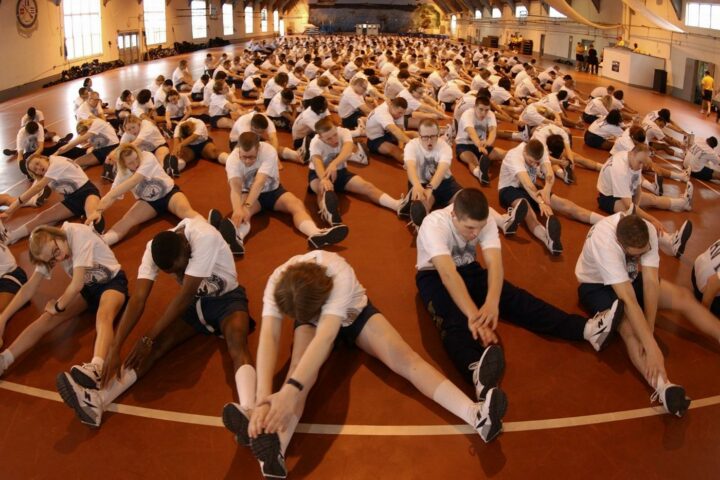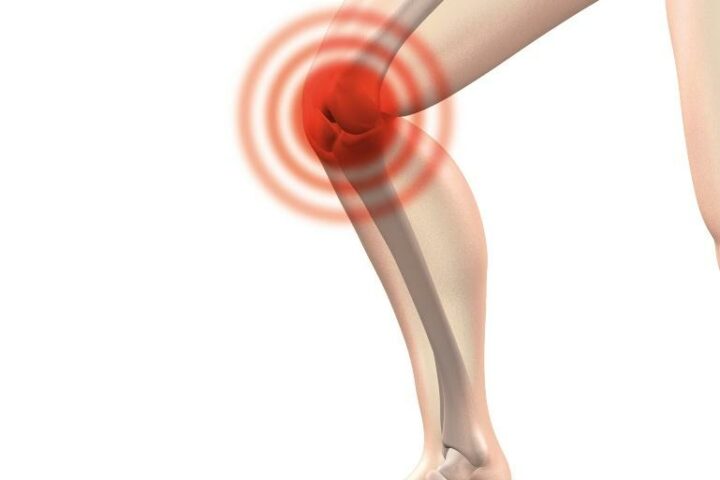A rotator cuff strain results from over stretching or repetitive overuse of the rotator cuff muscles and tendons. The rotator cuff is a combination of four muscles: supraspinatus, infraspinatus, subscapularis and teres minor. They originate on the scapula and attach to the humerus. These muscles help maintain stability of the scapula and the integrity of the shoulder joint when moving the arms over head. Patients tend to experience pain in the shoulder joint with movements between 60 -120 degrees of flexion or abduction.
The rotator cuffs main function is to externally rotate the shoulder. However this muscle works in conjunction with the traps, deltoid, serratus and pectoral muscles in stabilizing the scapula when reaching. For some patients repeated reaching is necessary. The result is fatigue, altered mechanics, and increased recruitment of the supraspinatus, upper trap and deltoids. If overhead movements and repeated reaching movements continue after the scapula has been anteriorly shifted for weeks or months, the increased load may eventually lead to a strain of the rotator cuff tendons. If patients fail to take the necessary steps to healing their shoulder joint, reaching activities may progress to even more restrictions in motion, increased adhesions and tightness throughout the upper traps and neck.
So what causes rotator cuff strains? A sedentary lifestyle accompanied by poor posture which leads to a faulty scapulothoracic movement pattern are generally the early factors. The tightness of the pectoral minor, subscapularis and serratus anterior leads to tension that causes anterior displacement of scapula preventing proper movement patterns. As stated earlier the rotator cuffs main action is to perform external rotation, however when the anterior muscles of the shoulder are tight and limited, the posterior muscle must recruit more force to stabilize the scapula. The weakened mid/lower traps and rotator cuff are unable to activate due to lack of proper shoulder activation in previous weeks leading up to the pain.
The main goals for treatment are to reduce pain, increase strength and improve movement. After regaining the proper shoulder mobility, attention should then be drawn to proper sitting posture to prevent further kyphosis of the spine. To keep the integrity of the shoulder is why you activate the mid back and keep the rotator cuff muscles strong. Lack of scapular stability can lead to excessive wear and tear and inflammation of the glenohumeral joint. Physical therapy would be a great option to help heal acute and chronic pain, restore flexibility and strengthen all muscles needed to regain shoulder function.
So what do you do? The best option at home for acute pain is to apply ice for 10- 20 min, rest that shoulder and seek treatment with a physical therapist. Here you will be evaluated by a physical therapist and given a treatment plan depending on your specific needs. You can expect a combination of soft tissue mobilization, strengthening, and a home exercise routine to restore the proper movement pattern leading you to less pain, increased function and getting you back to your daily routine. Call (703) 723-9355 for an appointment with one of our many chiropractors, physical therapists, and acupuncturists that can help!




